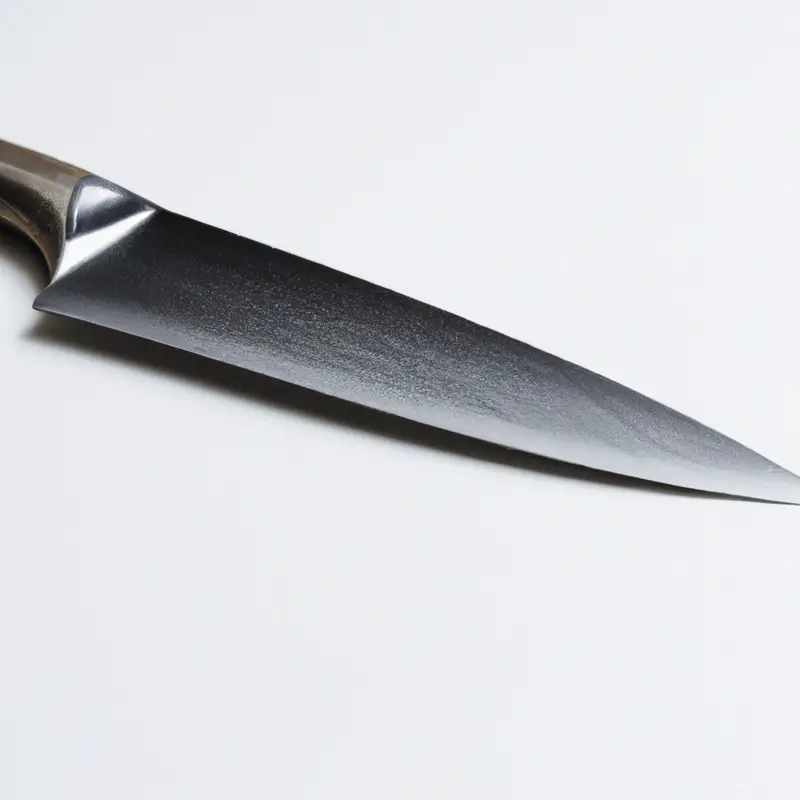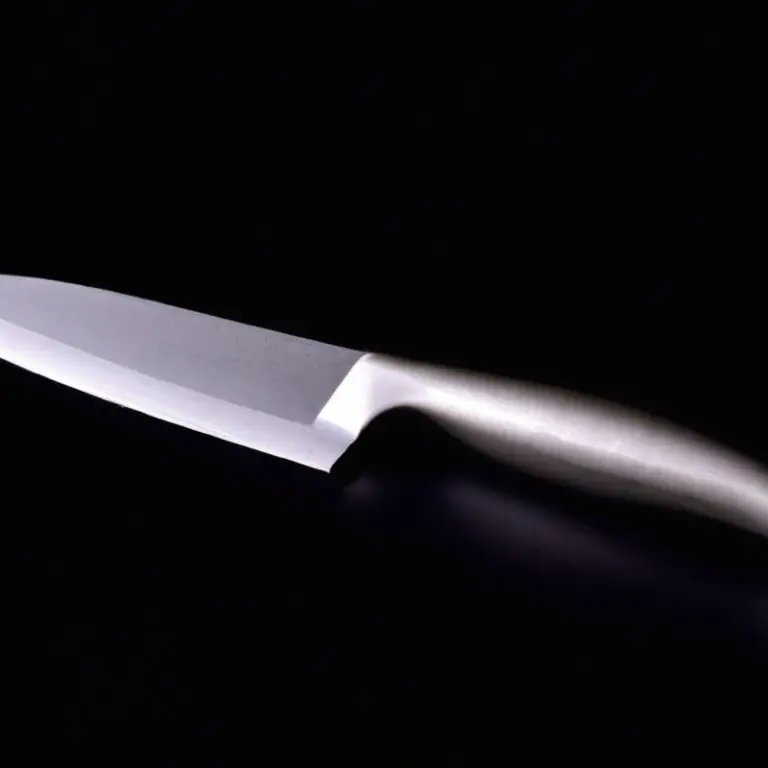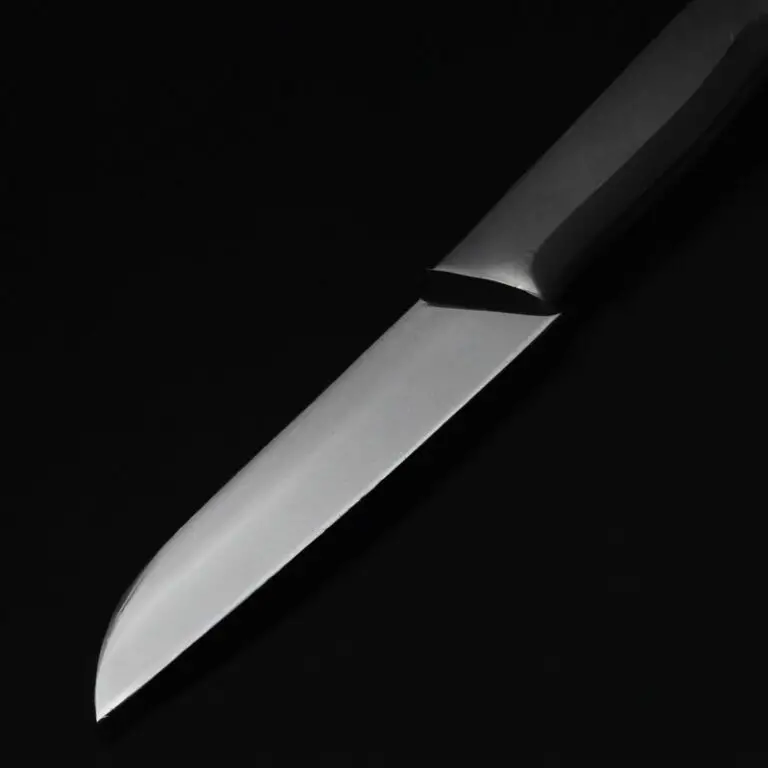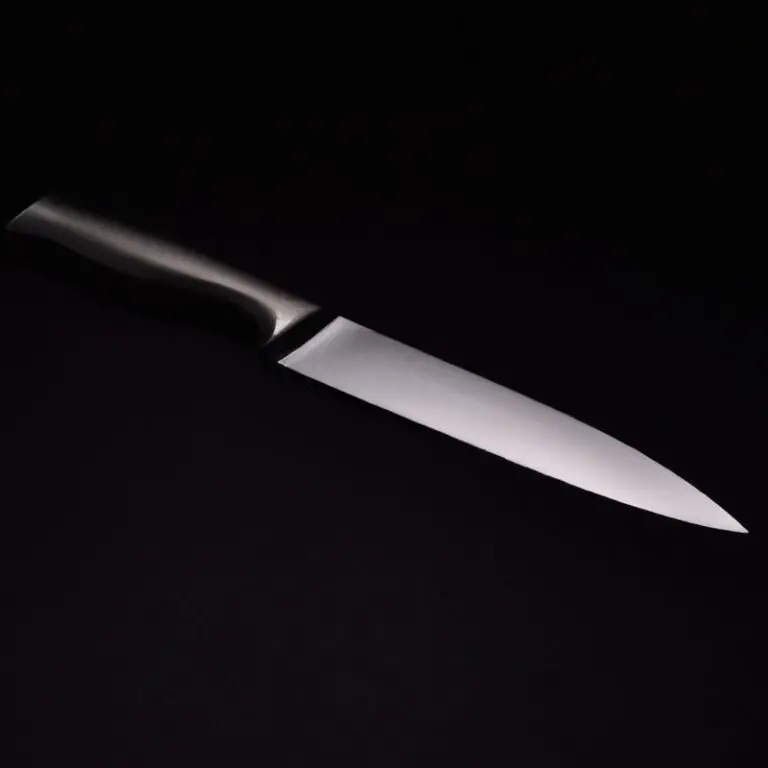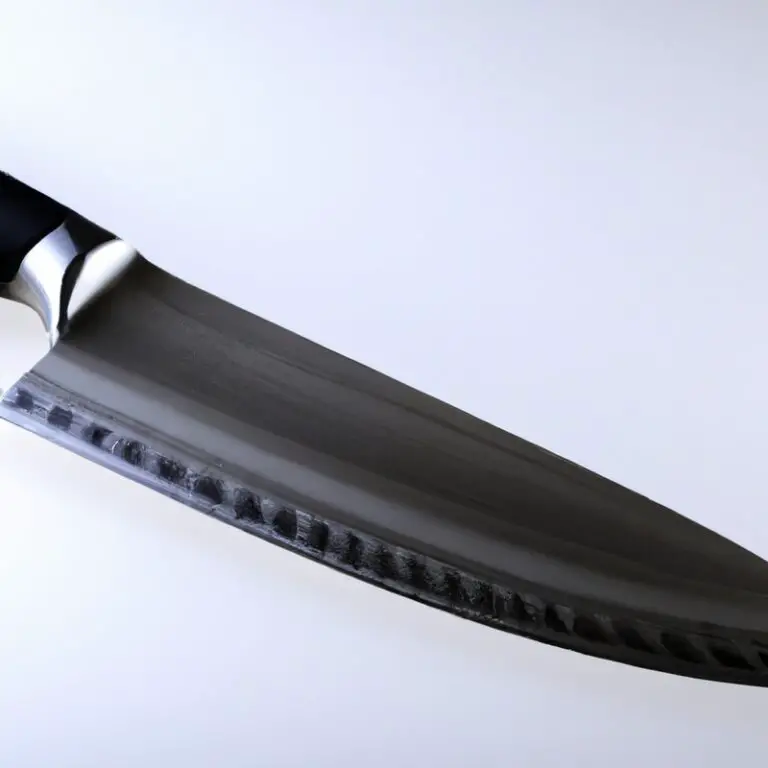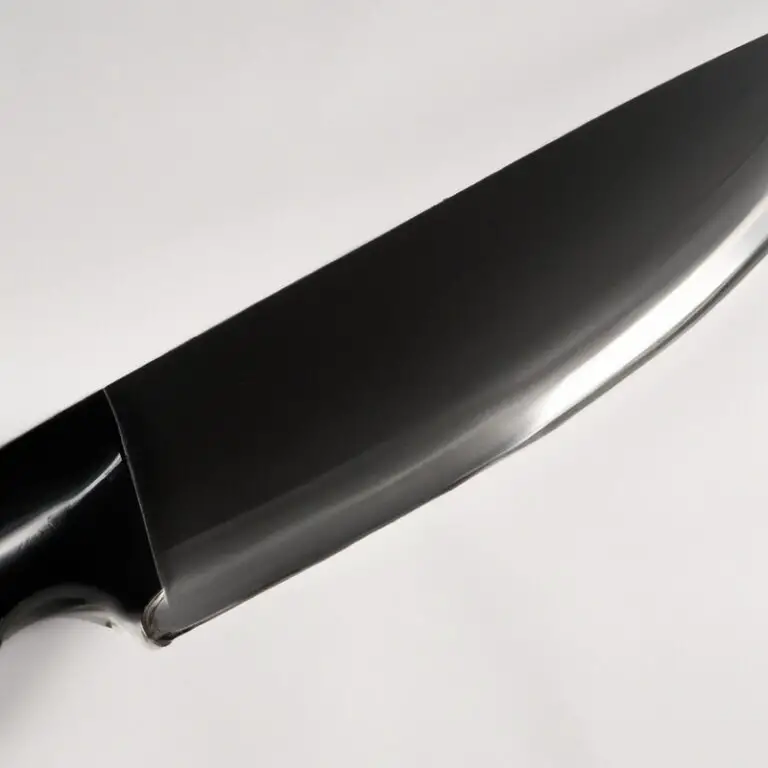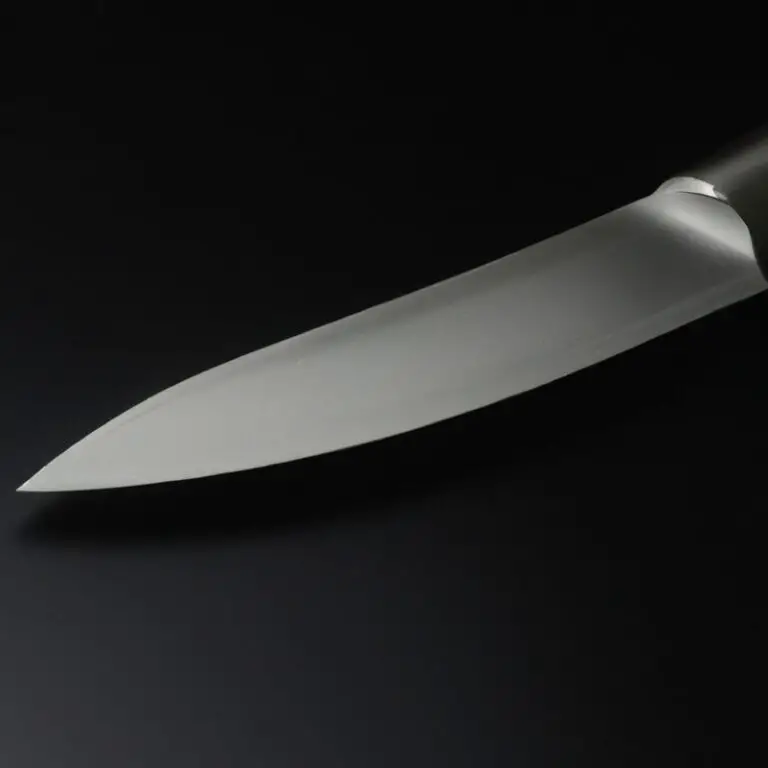Are Santoku Knives Suitable For Left-Handed Users? – Experts Share Insights
Key Takeaways:
- Santoku knives are generally suitable for left-handed users as they are designed with a symmetrical shape and a sharpened edge on both sides.
- However, left-handed users may find it more challenging to control the blade’s angle and may need to adjust their grip and technique accordingly.
- It’s important for left-handed users to choose a Santoku knife with a comfortable handle and balance that suits their preferences and cutting style.
- Ultimately, the suitability of a Santoku knife for left-handed users will depend on individual comfort and skill level, as well as the quality and design of the knife itself.
Are you a left-handed user who loves to cook but struggles to find the perfect knife? Look no further than the Santoku knife.
With its unique design, the Santoku boasts versatility and precision that make it the ideal kitchen tool for any chef- left-handed or right-handed.
In this article, I will walk you through everything you need to know about Santoku knives and how they cater to left-handed users. From handle design to blade shape and size, I’ll cover all the bases and offer tips for safe and efficient usage.
Read on to discover if making the switch to Santoku knives is worth it for left-handed users.
| Santoku Knives for Left-Handers | Pros | Cons |
|---|---|---|
| Yes | – Blades are double beveled, making them more versatile and easier to use for left-handed people – Usually lighter than Western knives, which can be more comfortable for left-handers – Often designed with a shorter blade length, which makes them more maneuverable for left-handers | – May still have a slightly asymmetrical handle, which can be uncomfortable for some left-handers – Some may not have a bolster that extends to the heel of the blade, which can make it more difficult to use certain cutting techniques |
| No | – None | – Blades are single beveled, which can make them more difficult for left-handers to use – Some may have an asymmetrical handle that can be uncomfortable for left-handers |
Understanding Santoku knives and their design
Santoku knives originated in Japan, and their design is unique compared to traditional Western knives. They typically have a shorter blade, with a flatter cutting edge and a larger angle between the blade and the handle.
The word “santoku” translates to “three virtues”, which refer to the knife’s ability to handle slicing, dicing, and chopping tasks efficiently.
One of the key design features of Santoku knives is their balance and weight distribution. The blade and handle are weighted evenly, enabling the user to apply less pressure while cutting.
This feature is essential for left-handed users, who may struggle with knives that are too heavy or imbalanced.
Another aspect of Santoku knife design that can benefit left-handed users is the handle. Many Santoku knives have a symmetrical handle that is comfortable to hold for either hand.
This design allows left-handed users to grip the knife comfortably without experiencing any discomfort or strain on their hand and wrist.
Overall, Santoku knives offer numerous benefits to left-handed users. Their unique design enables users to chop and slice with ease, while their balanced weight distribution and comfortable handle design ensure that left-handed users can use them comfortably and safely.
Left-handedness and the challenges in using right-handed knives
Left-handedness can pose challenges when using right-handed knives. This is because most knives are designed with a right-handed person in mind, making them uncomfortable and difficult to use for left-handed individuals.
Left-handed users must adapt to the ergonomics of right-handed knives, which can lead to frustration and poor performance.
Additionally, the bevel angle on most knives is designed for right-handed users, making it harder for left-handed users to achieve optimal cutting results. This is where Santoku knives excel.
Their symmetrical design makes them suitable for both left and right-handed users.
Santoku knives have a flatter blade, making them ideal for tasks requiring a slicing motion. Their shape allows for effective use by both left and right-handed individuals, making them a suitable option for left-handed knife users.
How Santoku knives differ from traditional Japanese knives
Santoku knives have a wider blade than traditional Japanese knives, which makes them more suitable for chopping and slicing. Traditional Japanese knives have a pointed tip that is used for detail work and intricate cuts, whereas Santoku knives have a flat tip, making them more versatile for different tasks.
Additionally, Santoku knives have a shorter blade length than traditional Japanese knives, typically around 5-7 inches, making them easier to handle and maneuver.
They also have a flatter edge angle of around 15-18 degrees compared to traditional Japanese knives with a sharper angle of around 10-15 degrees. Santoku knives are designed with a Western-style handle, which is more comfortable for many users, especially left-handed individuals.
This handle design provides a more secure grip and better balance compared to traditional Japanese knives, which have a round or octagonal handle.
Overall, Santoku knives are more versatile and user-friendly compared to traditional Japanese knives. However, they may not be suitable for all types of cutting tasks and preferences, so it is recommended to choose a knife based on individual needs and preferences.
The importance of balance and weight in a Santoku knife for left-handed users
Balance and weight are crucial factors when choosing a Santoku knife for left-handed users. A well-balanced knife with a comfortable weight will ensure a smooth and efficient cutting experience.
A knife that is too heavy may cause fatigue and strain on the wrist, while a poorly balanced knife may cause instability and uneven cutting.
When selecting a Santoku knife, left-handed users should look for a knife with a balanced weight distribution between the blade and handle, ensuring optimal control and precision. Moreover, knives with ergonomic handles that provide a comfortable grip will further enhance the balance and weight of the Santoku knife for left-handed users.
By considering these factors, left-handed users can enjoy the full benefits of using a Santoku knife and achieve excellent results when preparing their favorite dishes.
The impact of handle design on left-handed users’ comfort while using Santoku knives
The handle design of a Santoku knife has a significant impact on the comfort of left-handed users. Traditional Japanese knives have handles shaped for right-handed use, which makes it uncomfortable for left-handed users to grip the knife correctly.
However, some manufacturers have started creating ambidextrous or left-handed versions with symmetrical handles, which provides better grip and control for left-handed users.
It is recommended that left-handed users consider the handle design before purchasing a Santoku knife to ensure that they can use it comfortably and safely. The handle should be ergonomic and suitable for the user’s hand size and grip style.
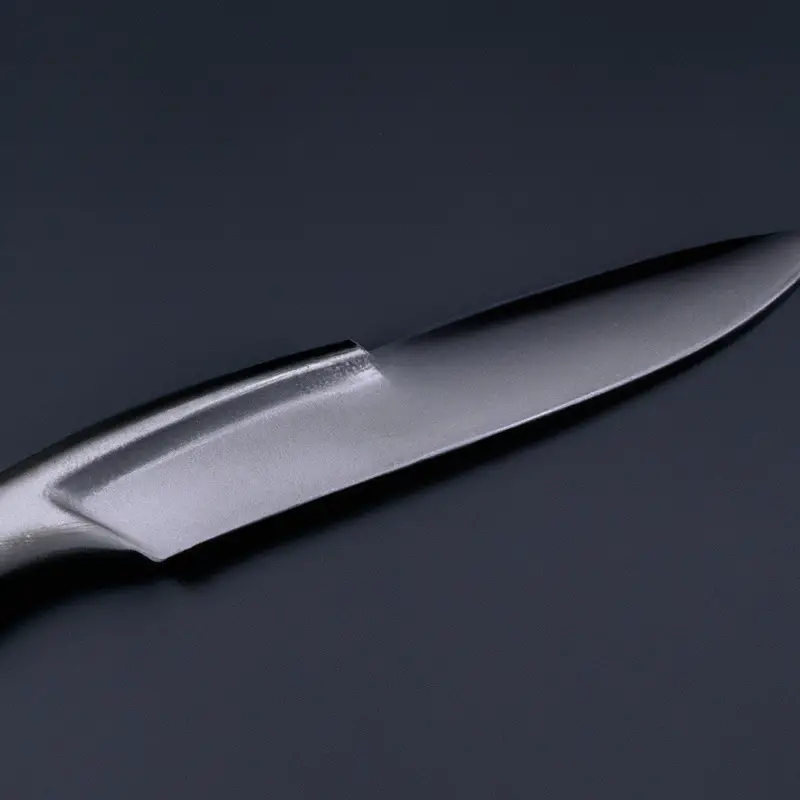
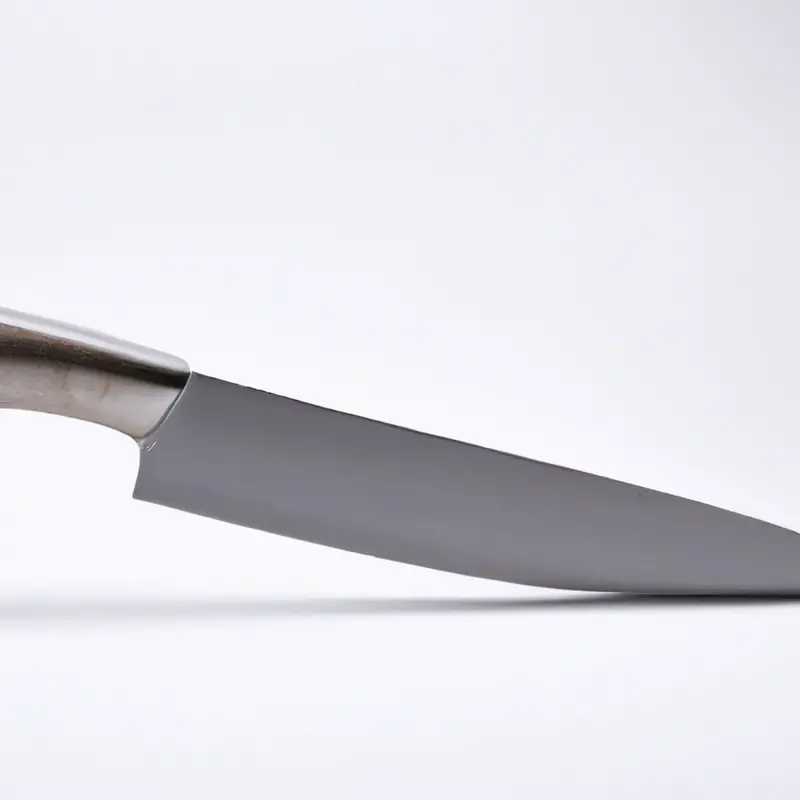
Blade shape and size considerations for left-handed Santoku knife users
Blade shape and size are essential considerations for left-handed Santoku knife users. The blade’s width and curve should be compatible with the user’s hand orientation to ensure precise cuts and maximum efficiency.
Left-handed individuals should opt for a Santoku knife with a slightly wider blade to prevent the knife’s tip from digging into the cutting board when slicing.
Additionally, choosing a Santoku knife with a straighter blade edge can reduce slicing resistance and thus prevent wrist fatigue. Overall, selecting the right size and shape of the Santoku knife blade can improve a left-handed user’s cutting experience and efficiency.
The benefits of using a Santoku knife for left-handed users compared to other knife types
Santoku knives offer several benefits for left-handed users compared to other knife types. Firstly, the blade design of Santoku knives makes them suitable for both left and right-handed users.
The straighter blade with a more rounded tip allows for a more comfortable and natural grip for left-handed users.
Secondly, the weight and balance of Santoku knives are evenly distributed, making them easier to maneuver for left-handed users, reducing the strain on the wrist and arm. Thirdly, the handle design of Santoku knives provides a comfortable grip for left-handed users, with an ergonomic shape that fits the hand’s contour.
Finally, the size and shape of the Santoku knife make it versatile for a range of cutting tasks, such as chopping, dicing, and slicing, making it an ideal knife choice for left-handed users who want to prepare different types of foods safely and efficiently.
Overall, the Santoku knife’s design and features offer several benefits for left-handed users, making it a worthy investment for those looking for a quality kitchen knife.
Tips and techniques for left-handed users in using Santoku knives safely and efficiently
Left-handed users can safely and efficiently use Santoku knives by following these tips and techniques:
- Hold the knife with a firm grip and keep your fingers safely behind the blade.
- Use a cutting board with non-slip padding to prevent the knife and board from sliding.
- Use a rocking motion when chopping, slicing, or mincing to ensure smooth and safe cutting.
- Angle the blade slightly towards the cutting surface to prevent the knife from slipping.
- Practice proper cutting techniques and avoid sawing or chopping motion that can damage the blade.
- Use the correct size Santoku knife for the task at hand, and avoid applying excessive force when cutting.
- Maintain the knife’s sharpness by regularly honing and sharpening the blade to prevent injuries and ensure efficient cutting.
By following these tips and techniques, left-handed users can enjoy using Santoku knives safely and efficiently.
Maintenance and care for Santoku knives used by left-handed users
Maintenance and care for Santoku knives used by left-handed users is essential to keep them performing optimally. As with any high-quality knife, Santoku knives demand proper care to maintain their sharpness and longevity.
Left-handed users should clean their Santoku knives carefully, ensuring that the blade is dried thoroughly to prevent corrosion.
Additionally, it’s advisable to sharpen the blade regularly to preserve its sharpness and performance. It’s also important to note that left-handed users should store their Santoku knives appropriately to maintain their quality.
Ideally, the knives should be stored in a knife block or a magnetic knife strip to prevent the blade from dulling or getting damaged.
Lastly, left-handed users should avoid using their Santoku knives on hard surfaces such as glass or marble, as it could damage the edge and cause early dullness. Instead, use wood or plastic cutting boards, which are more gentle on the blade.
By following these simple steps to maintain and care for Santoku knives, left-handed users can extend the life of their knives, and enjoy using them for years to come.
Making the switch to Santoku knives: Is it worth it for left-handed users?
Making the switch to Santoku knives as a left-handed user is definitely worth it. The design of Santoku knives focuses on comfort and balance, which makes them more suitable for left-handed users.
Unlike traditional Japanese knives, Santoku knives have a broader blade, granting more knuckle clearance to the user.
Santoku knives also place emphasis on the knife’s balance and weight distribution, aiding in the user’s comfort and precision. Factors such as handle design, blade shape, and size consideration are also taken into account when designing a Santoku knife.
This ensures that left-handed users can achieve the same level of comfort and quality cuts as right-handed users.
In terms of benefits, Santoku knives are multi-purposed, making them great for various cutting tasks in the kitchen. Additionally, they require less maintenance compared to other knife types, making them a good investment for the long term.
Overall, as a left-handed user, making the switch to Santoku knives would be a smart choice in terms of comfort, performance, and investment.
Final Verdict
Left-handed users need not worry about using Santoku knives. Although designed for right-handed users, modern Santoku knives come with features that prioritize comfort, safety, and efficiency for left-handed users.
From balanced weight distribution and blade shape to ergonomically designed handles, Santoku knives offer several benefits not found in traditional Japanese knives.
As a left-handed user, making the switch to Santoku knives may be daunting, but the rewards are worth it. Using these knives safely and efficiently requires practice and the right techniques, but ultimately, Santoku knives provide unmatched precision and versatility in the culinary world.
With proper care and maintenance, Santoku knives can last a long time, making them a sound investment for any left-handed user seeking to improve their cooking skills.
Trust in the reliability of the information presented in this article, and rest assured that Santoku knives are a suitable option for left-handed users.

